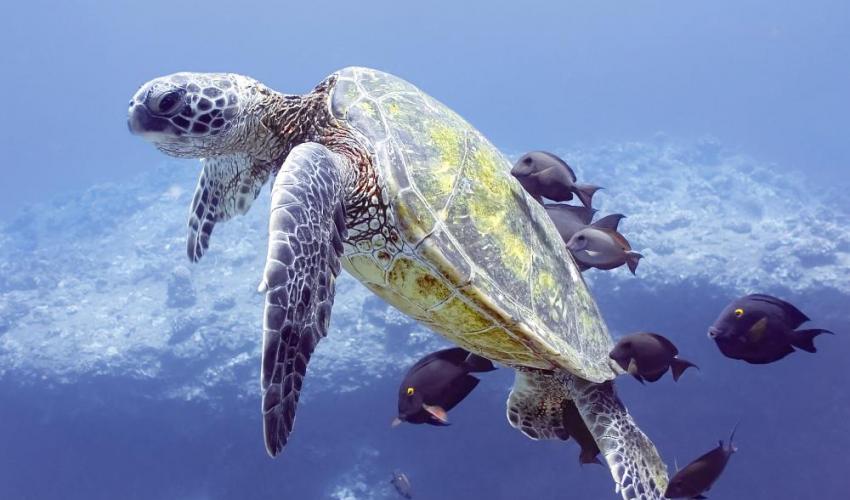As microcosms of worldwide conservation challenges, how islands protect biodiversity and address wildlife trafficking can offer insights into how to address this issue on a larger scale.
Many Pacific islands including Hawai’i are home to species that are highly valued by wildlife traffickers. They are also gateways for illegal wildlife trade between Asia and the Americas. As microcosms of worldwide conservation challenges, how islands protect biodiversity and address wildlife trafficking can offer insights into how to address these issues on a larger scale.
Illegal, unreported and unregulated fishing costs the global economy up to $23 billion annually, representing around 20 percent of the global seafood catch. A recently published New York Times Magazine story shows how Palau, a remote archipelago state, responded to illegal fishing in national waters and intercepted thousands of illegally-harvested shark fins in the process. Palau’s motivation was largely economic: the tourism industry generates over half of Palau’s gross domestic product, and most tourists visit Palau to explore the marine life around the island reefs. Alive, a shark is worth more than $170,000 annually in tourism dollars - nearly $2 million over its lifetime; a dead shark is worth around a hundred dollars to a poacher, mostly for the fins. Shark-fin soup is a symbol of prestige in Asian culture, and demand for illegal fins remains high. Using a comprehensive and innovative set of regulations, technologies, and working with local and international NGOs, local police and authorities from neighboring nations, Palau created a 500,000 square kilometer no-take zone where all export fishing prohibited in 2015.
Green turtles (Chelonia mydas or honu in the Hawaiian language), an IUCN Red List endangered species, live in the warm coastal waters of Hawai’i. Worldwide, green turtle nesting beaches and feeding grounds are threatened by coastal development, and the turtles themselves are threatened by fishing bycatch, overharvesting and illegal trade. Hawai’i began taking measures to protect green turtles in 1978, and as a result the Hawaiian green turtle population has increased 53% over the last 25 years. Today, IUCN Member WWF is using innovative technologies like tiny portable waterproof turtle cams to contribute to efforts to protect green turtle habitat.
Meanwhile, the island nations of Indonesia, Brunei Darussalam and Malaysia are working with the wildlife trade monitoring network TRAFFIC and other partners to revise their legal and policy frameworks to put a firm stop to songbird and other wildlife trafficking in the Heart of Borneo. Just prior to this powerful initiative and during two separate raids, Java had intercepted at least 1,611 greater green leafbirds (Chloropsis sonnerati), a species targeted for the songbird trade.
Islands and wildlife trafficking will be on the main stage at the IUCN World Conservation Congress 2016 this September in Hawaiʻi.











